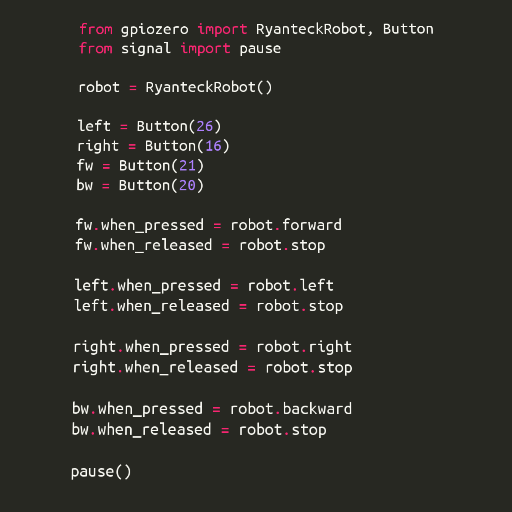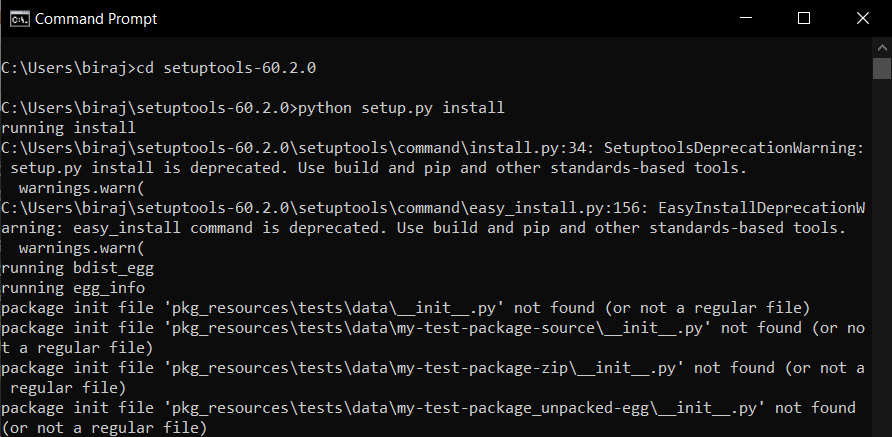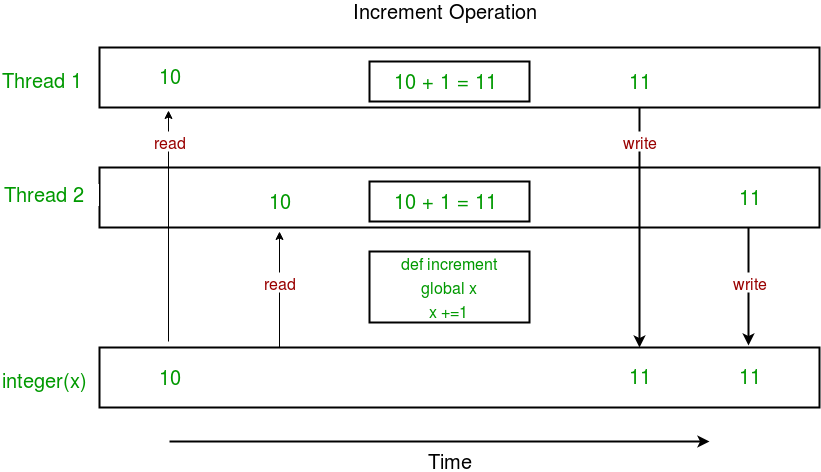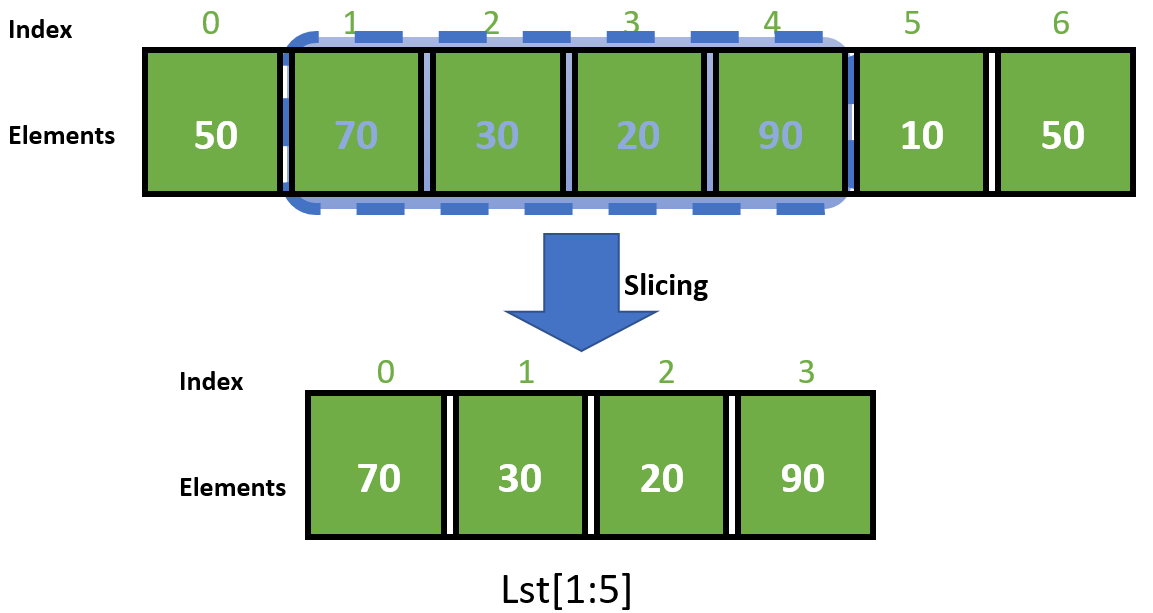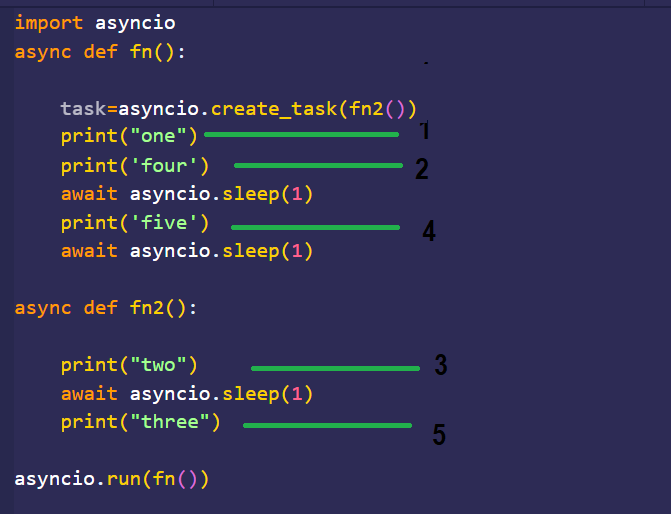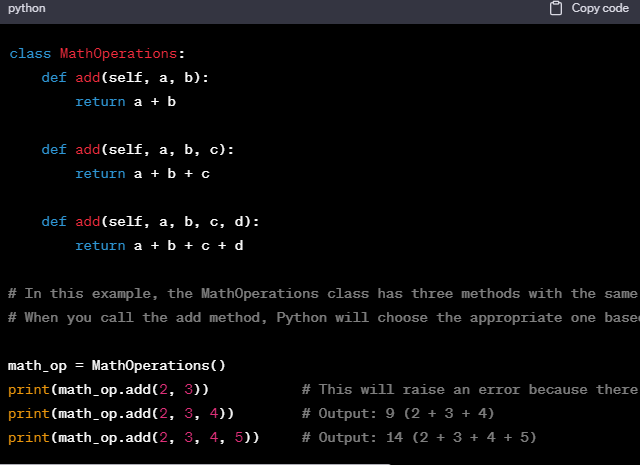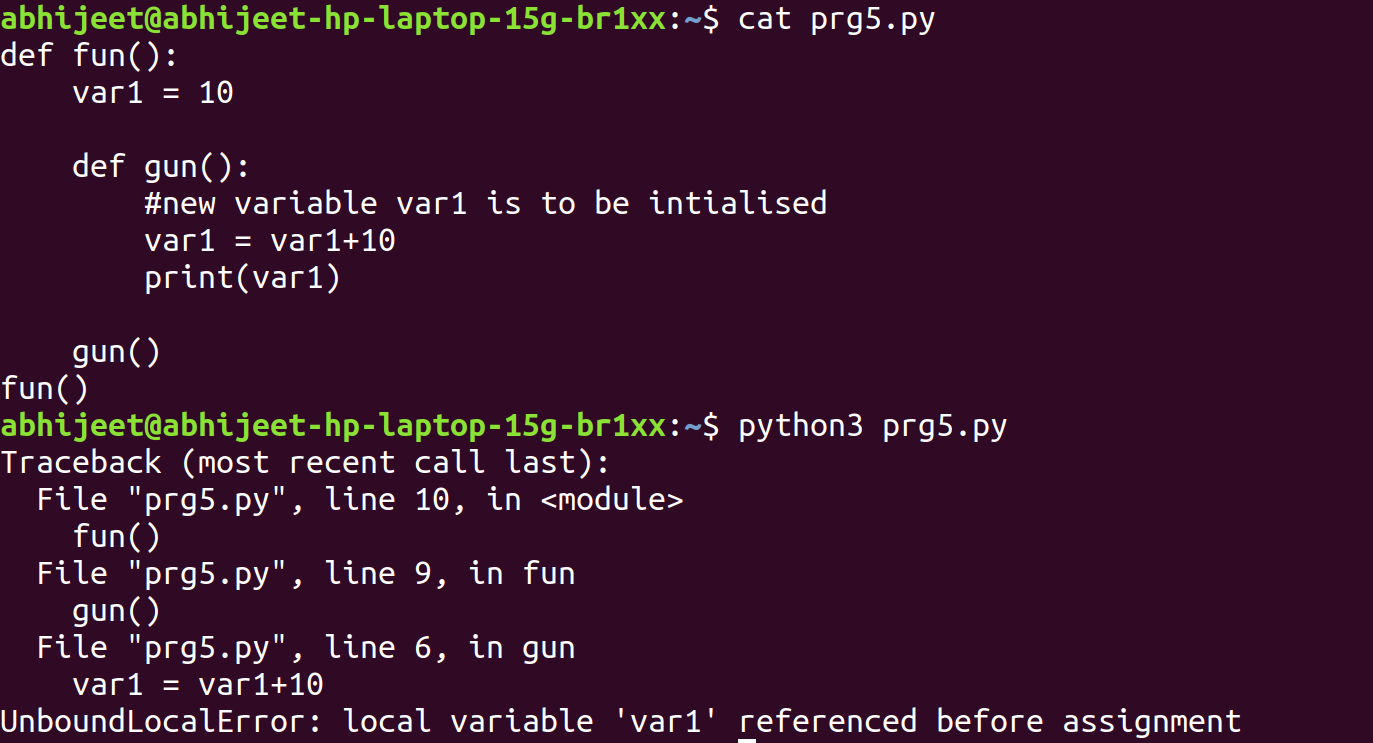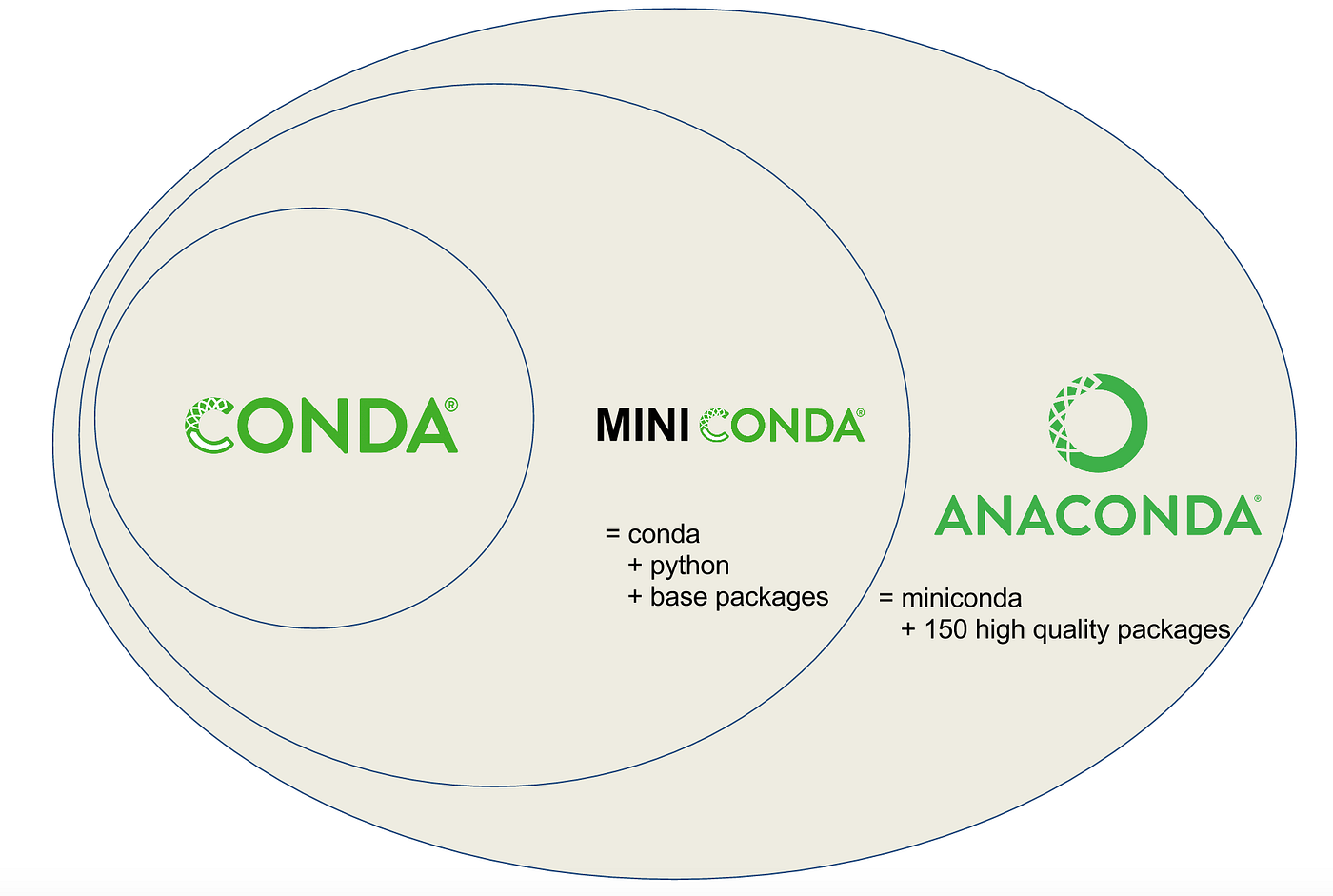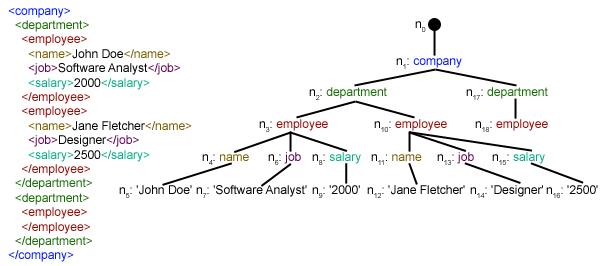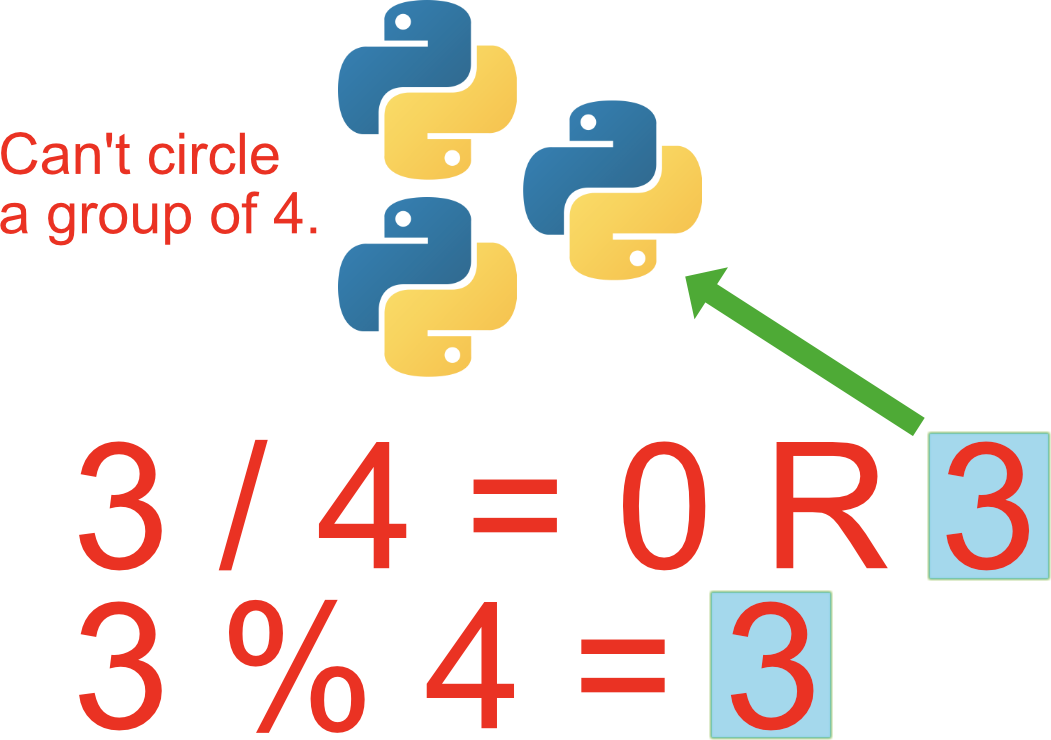Python metaclass vs metaclass
Python metaclass vs metaclass
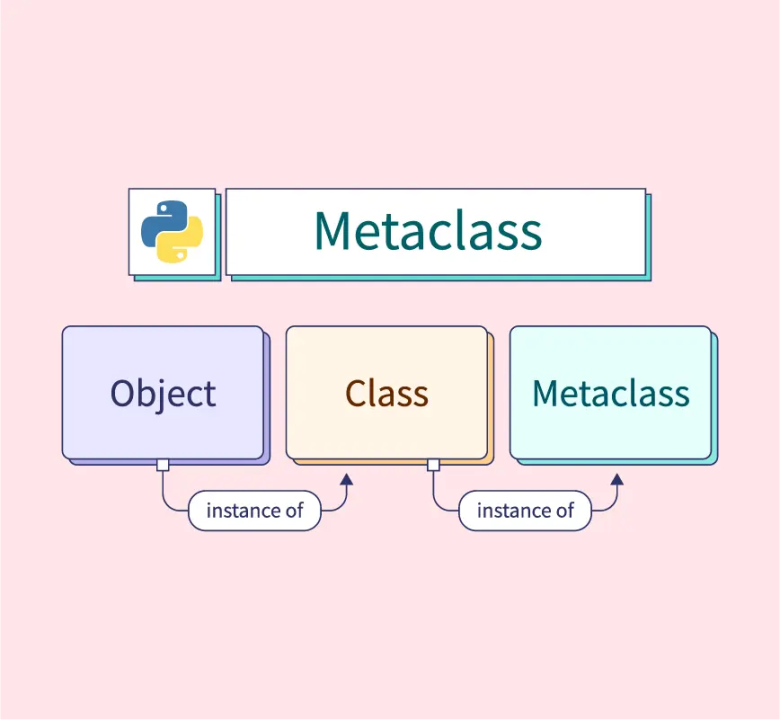
The eternal confusion between metaclass and __metaclass__. Let's dive into the world of Python metaclasses to understand the difference.
What is a Metaclass?
In Python, a metaclass is a class whose instances are classes. Yes, you read that correctly - a class is an instance of another class! This concept can be quite mind-bending, but stick with me, and we'll explore its significance in more detail.
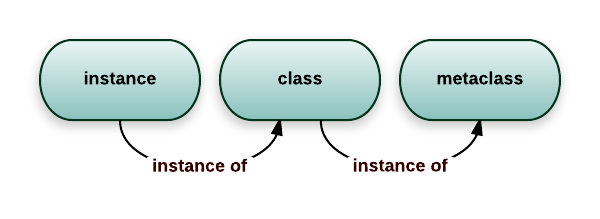
A metaclass is responsible for creating and configuring the class, including setting attributes, defining methods, and performing other initialization tasks. When you define a class in Python, the metaclass is called to create an instance of that class. This instance is what we commonly refer to as a "class."

What is __metaclass__?
Now that we have a basic understanding of metaclasses, let's talk about __metaclass__. In Python 2.x, you can specify the metaclass for a class by setting the __metaclass__ attribute. This attribute takes the value of the metaclass you want to use.
For example:
class MyMeta(type):pass
class MyClass(object):
metaclass = MyMeta
In this case, when you define MyClass, Python will use the MyMeta class as the metaclass. This allows you to customize the creation and configuration of the MyClass instance.
The Difference: metaclass vs __metaclass__
Now that we've discussed both terms, let's highlight the key differences:
In Python 3.x, you should use themetaclass attribute to specify the metaclass for a class. For example:
In Python 2.x, you need to use theclass MyMeta(type):pass
class MyClass(metaclass=MyMeta):
pass
__metaclass__ attribute to achieve the same result.
Why Should You Care?
You might be wondering why metaclasses and their attributes (metaclass vs __metaclass__) are important. Well, metaclasses provide a powerful way to customize class creation and configuration. This can be particularly useful when working with complex systems or frameworks that require custom behavior.
For instance, you could create a metaclass that automatically generates certain methods or attributes based on the class's definition. You might also use metaclasses to enforce specific design patterns or coding standards.
Conclusion
In conclusion, metaclass and __metaclass__ are related but distinct concepts in Python. Understanding the difference between these terms can help you effectively utilize metaclasses to customize class creation and configuration, ultimately leading to more robust and maintainable code.
So, the next time someone asks you about metaclasses or __metaclass__, you'll be ready to confidently explain the differences and provide insightful examples!
python metaclass __new__
The Python metaclass!
In Python, a metaclass is a class whose instances are classes. Yes, you read that correctly - classes can have their own "blueprint" or "template" defined by another class, which is the metaclass. This allows for some incredibly powerful and flexible programming constructs.
Now, let's dive into the __new__ method of a Python metaclass. This method is responsible for creating new instances of the metaclass (i.e., classes). It takes two arguments: cls (the metaclass itself) and args (a tuple containing any additional constructor arguments).
Here's an example of how you might implement the __new__ method in a custom metaclass:
class MyMeta(type):
def new(meta, name, bases, namespace):
Create a new class with some default attributes
cls = type.new(meta, name, (), namespace)
Add some additional attributes to the newly created class
cls.my_attribute = "Hello, world!"
return cls
class MyClass(metaclass=MyMeta):
pass
In this example, when you create an instance of MyClass, it will automatically inherit from the metaclass MyMeta. This means that MyClass will also have a my_attribute attribute set to "Hello, world!".
But what about the arguments passed to the __new__ method? Well, Python allows us to customize the constructor behavior by using its built-in type.__new__ method. The args tuple contains any additional arguments that were passed when creating the class instance.
Here's an example of how you could use this to create classes with custom initialization:
class MyClassMeta(type):
def new(meta, name, bases, namespace, my_arg="default"):
cls = type.new(meta, name, (), namespace)
if my_arg != "default":
Initialize the class with a specific value
cls.init_value = my_arg
return cls
class MyClass1(metaclass=MyClassMeta):
pass
class MyClass2(metaclass=MyClassMeta, init_value="Custom initialization"):
pass
In this example, MyClass1 will have its init_value set to the default value ("default"), while MyClass2 will have its init_value set to "Custom initialization".
This is just a glimpse into the power of Python metaclasses and their __new__ method. With this knowledge, you can create classes that automatically inherit certain attributes or behaviors, or even create classes with custom initialization based on constructor arguments!




